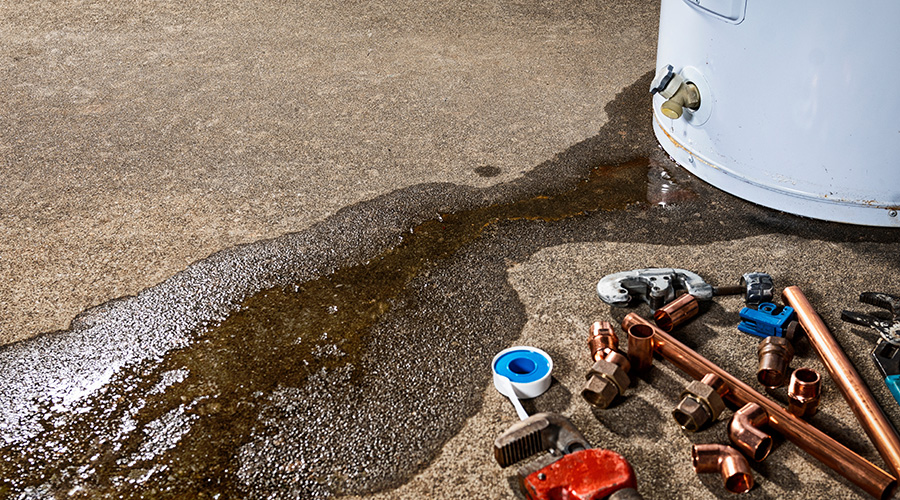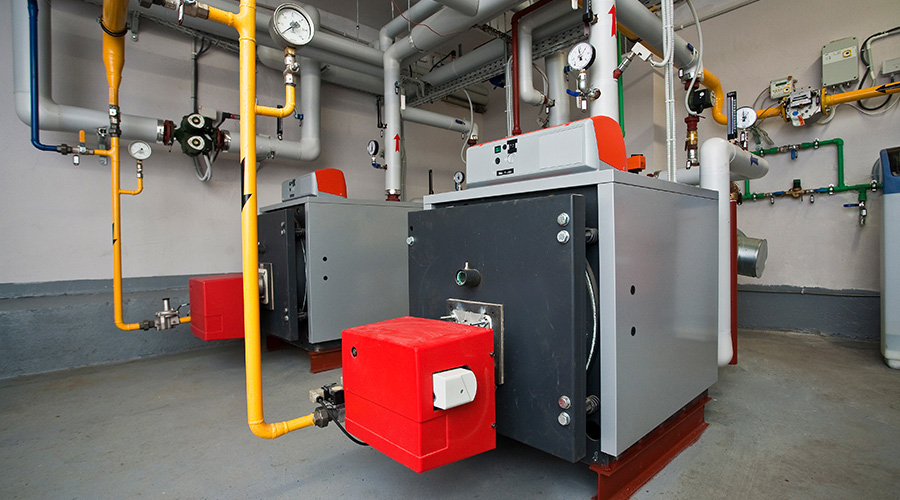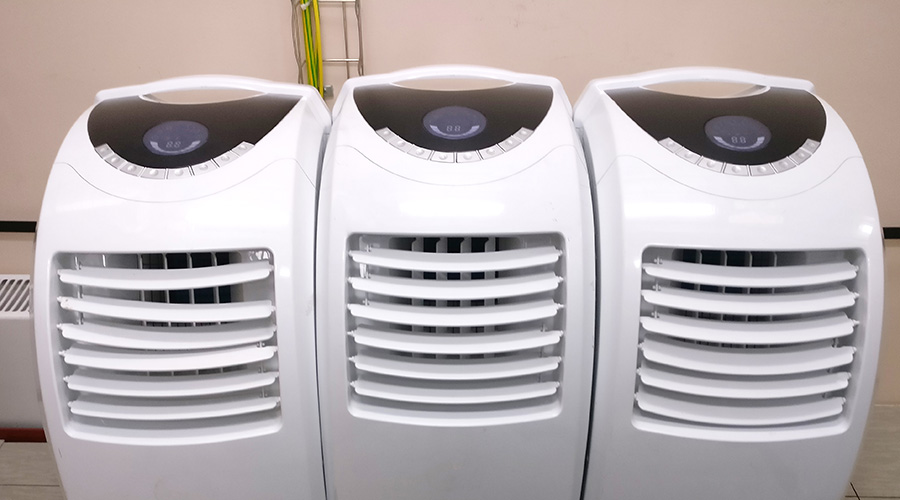Spot Coolers and Portable Air Conditioners: Key Specifications
Emergencies often force maintenance and engineering managers to make tough decisions at a moment’s notice. Without proper preparation, the results can be less than ideal. When the emergency involves a loss of cooling to a facility, the less-than-ideal results can include lost research, compromised occupants, and lower worker productivity.
To avoid these and other problems, managers need to review equipment options for addressing cooling needs, avoid problems commonly encountered during the process, and develop strategies to ensure they make the best choice for their facilities.
Exploring Options
When selecting emergency cooling equipment, managers must decide — often very quickly — the type of cooling the situation calls for. Definite differences exist in equipment managers must consider.
First, does the situation require a portable air conditioner or a spot cooler? A stationary air conditioner’s condenser unit is completely isolated from the space to be cooled. So the condenser unit is packaged with the outside fan in air-to-air conditioners.
Portable air conditioners must have the same separation, or they are classified as spot coolers. Spot coolers might be less efficient in some cases, but they have important applications. If a spot cooler cools the condenser with cool air from the conditioned space rather than from the outside and exhausts the hot air to the outside, it creates a lower pressure inside. This pressure imbalance draws in outside hot air, dust, pollen and humidity through cracks around windows and doors and wherever they can find an entry. Many contaminants can enter the space, and the efficiency is lower.
A closer look at a typical set of specifications for a portable air-cooled air conditioner shows the range of specifications managers need to consider when selecting a unit. Specifications include the following:
• cooling capacity in Btu per hour (Btu/hr.)
• control panel type — electronic, mechanical or programmable electronic
• air-flow evaporator — maximum and minimum cubic feet per minute (CFM)
• air-flow condenser — maximum and minimum CFM
• operating conditions — maximum and minimum temperature at 50 percent relative humidity (RH)
• voltage/phase
• voltage minimum and maximum
• power consumption in kilowatts (kW)
• current consumption in amps
• circuit breaker size in amps
• NEMA plug configuration
• power cord gage and length
• physical dimensions
• weight in pounds for net and shipping
• humidity removed, in gallons per hour, at 60 percent RH
• drain-tank capacity in gallons
• refrigerant type and amount
• sound level in maximum and minimum decibels
• maximum length of cold and hot ducts.
Managers also might want to consider optional field-installed items, even though the unit is portable. Examples include special hot-duct flanges; ceiling-tile hose-assembly connectors; condensate return-air plenums; and condensate pumps where conditions warrant.
Related Topics:













